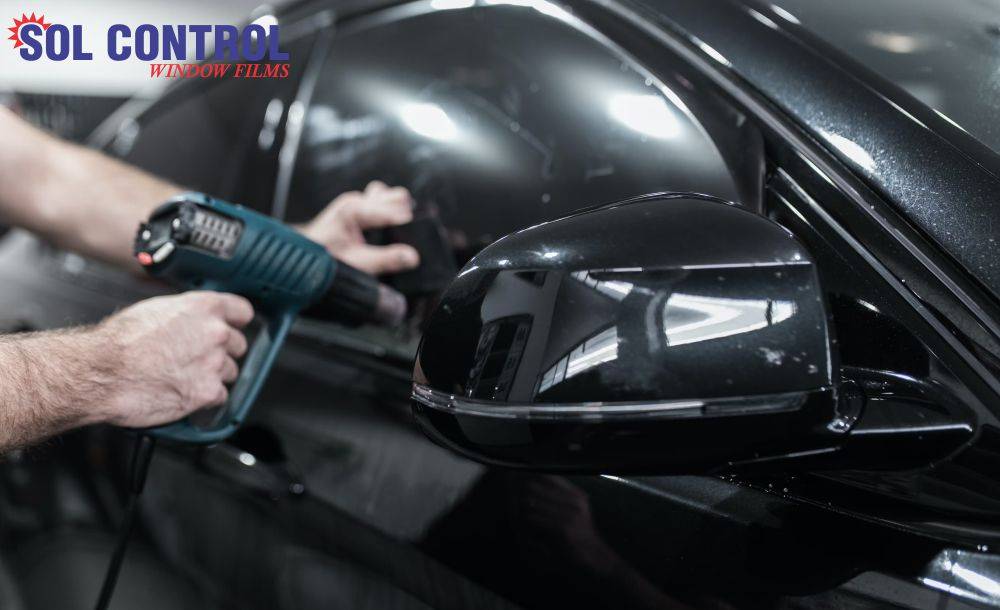
What will be the Right Temperature for Window Tinting Installation?
Window tinting is a popular choice for homeowners and vehicle owners looking to enhance privacy, reduce glare, and protect interiors from harmful UV rays. While the benefits of window tinting are well-known, the success of the installation process largely depends on external factors, with temperature being a critical consideration. In this blog post, we will explore the importance of choosing the right temperature for installing window tint and how it can impact the overall effectiveness and longevity of the tint.
Understanding Window Tint:
Window tinting involves applying a thin film to the interior surface of windows. This film is designed to block or filter sunlight, providing various benefits such as heat reduction, glare reduction, and UV protection. The effectiveness of window tinting depends on the quality of the film and the precision of its installation.
The Impact of Temperature on Installation:
Temperature plays a crucial role in the window tinting installation process. Both the air and surface temperatures can influence the adhesive properties of the tint film and the ease with which it can be applied. Here's why the right temperature matters:
-
Adhesive Performance:
- Too Cold: In colder temperatures, the adhesive on the tint film may become less pliable, making it challenging to properly adhere to the glass surface. This can result in gaps, bubbles, or uneven application.
- Too Hot: Excessive heat can cause the adhesive to become overly sticky, making it difficult to maneuver and position the tint correctly. This can lead to frustration during the installation process.
-
Curing Time:
- Optimal Temperature: The ideal temperature for window tint installation is generally between 50°F to 75°F (10°C to 24°C). Within this range, the adhesive cures at an optimal rate, ensuring a secure bond between the film and the glass. This temperature range also allows for easier manipulation of the film during installation.
-
Avoiding Distortions:
- Extreme Temperatures: Installing window tint in extremely hot or cold conditions may result in visual distortions on the film. These distortions can affect the clarity of the tint and compromise its aesthetic appeal.
Tips for Successful Window Tint Installation:
-
Choose the Right Day:
- Check the weather forecast and select a day with mild temperatures for window tint installation. Aim for a day when the air and glass surface temperatures are within the optimal range.
-
Work in a Controlled Environment:
- If possible, perform the installation in a controlled environment, such as a garage. This helps regulate temperature and minimizes the impact of external weather conditions.
-
Follow Manufacturer Recommendations:
- Always refer to the manufacturer's guidelines for specific temperature recommendations. Different tint films may have slightly different requirements.
Conclusion:
Choosing the right temperature for window tint installation is a key factor in achieving a successful and long-lasting outcome. By working within the optimal temperature range, you can ensure that the adhesive bonds securely, the film is applied evenly, and the overall performance of the window tint meets your expectations. Take the time to plan your installation on a day when the weather conditions are favourable, and you'll enjoy the full benefits of your window tint for years to come



Comments (0)